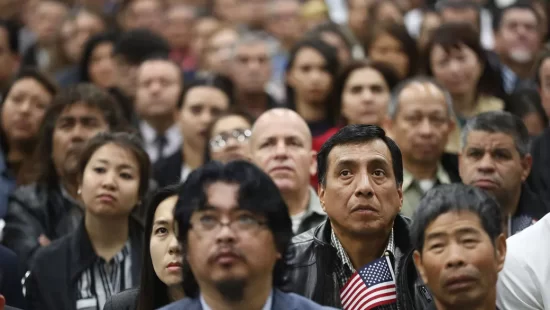The latest artificial intelligence area of use: tax collection among the nation’s wealthiest.
The Internal Revenue Service (IRS) said it will start using AI and other tools to detect tax violations by high-income earners and large business partnerships.
The IRS said Friday it leveraged AI to open investigations into 75 of the largest partnerships in the U.S. that each have more than $10 billion in assets on average. Machine learning tech helped identify the targets, which include hedge funds, real estate investment partnerships and law firms, while seeking threats to the tax system in a segment that’s historically seen limited scrutiny, the service said.
The IRS is prioritizing cases involving taxpayers with incomes above $1 million but tax debts of more than $250,000. It said around 1,600 taxpayers fall under this category and “owe hundreds of millions of dollars in taxes.”
Danny Werfel, IRS commissioner, said in a statement the new effort to hold some of the the wealthiest filers accountable was made possible through Inflation Reduction Act funding.
Werfel said the pre-IRA years of underfunding “led to the lowest audit rate of wealthy filers in our history.”
“I am committed to reversing this trend, making sure that new funding will mean more effective compliance efforts on the wealthy,” he added.
He said there will be “no change” in audit rates among middle- and low-income filers for “years to come.”








